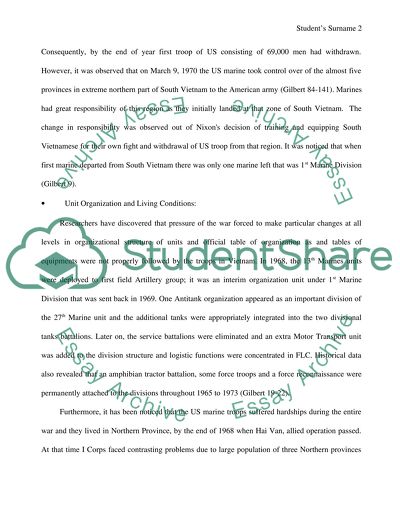Cite this document
(“US Marine Advisors in South Vietnam: The Easter Offensive Research Paper”, n.d.)
US Marine Advisors in South Vietnam: The Easter Offensive Research Paper. Retrieved from https://studentshare.org/military/1457088-us-marine-advisors-in-south-vietnam-the-easter
US Marine Advisors in South Vietnam: The Easter Offensive Research Paper. Retrieved from https://studentshare.org/military/1457088-us-marine-advisors-in-south-vietnam-the-easter
(US Marine Advisors in South Vietnam: The Easter Offensive Research Paper)
US Marine Advisors in South Vietnam: The Easter Offensive Research Paper. https://studentshare.org/military/1457088-us-marine-advisors-in-south-vietnam-the-easter.
US Marine Advisors in South Vietnam: The Easter Offensive Research Paper. https://studentshare.org/military/1457088-us-marine-advisors-in-south-vietnam-the-easter.
“US Marine Advisors in South Vietnam: The Easter Offensive Research Paper”, n.d. https://studentshare.org/military/1457088-us-marine-advisors-in-south-vietnam-the-easter.


